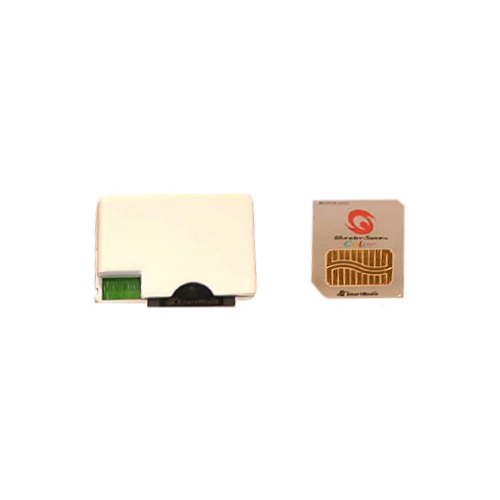|
History
In August 2000, upon announcing the WonderSwan Color, Bandai also announced they would release a new device that would combine a memory card reader and a USB connector. Planned for a summer 2001 release, the peripheral was designed to be inserted into the cartridge slot and would have allowed to the customers to purchase games from a kiosk terminal. Like the Nintendo Disk Writer kiosks that allowed customer to purchase Famicom Disk System games at a lower price, Bandai had planned to install kiosks in Japan to use this technology to lower the price of its new release. It would also allow for a quicker time-to-market as the game could be distributed very quickly has company wouldn’t need to wait for next batch of physical cartridge production. Although not all title would have been made available though this process, Bandai felt that this method would also help alleviate any potential loss of revenue due to the non-availability of a specific title in store due to a stock shortage.
Another exciting feature of this device was the USB connector located on top of the device which allowed the WonderSwan to be connected to other hardware. A bit like the Wonder Wave did, the USB connection would have allowed the exchange of information between different platforms. At the time of the demonstration, it was possible to connect the device to a PlayStation 2, a PC and mobile phone (although the Wonder Gate had similar capabilities for the phone). Information could be exchanged directly or saved on the memory card. But the most exciting part of this feature was the ability to have games on other platforms that could have used the Wonder Swan to enhance their game play. For example, part of an RPG could be played directly on the WonderSwan while the rest was done on the PlayStation 2.
Three types of readers were exhibited at the venue: smart media, memory stick, and SD card, but it was undecided whether all or only one of them will be commercialized. And while the product was being developed for the WonderSwan Color, it was being built to be backward compatible with the original WonderSwan.
It is unknown why Bandai didn’t go forward with this peripheral.
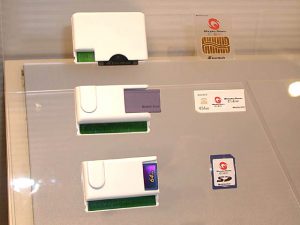 | 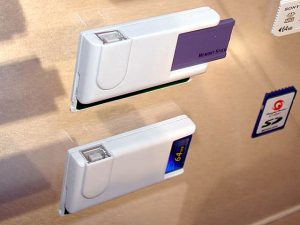 | 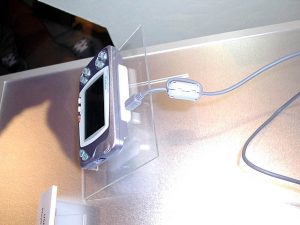 | |||
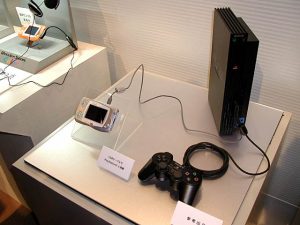 | 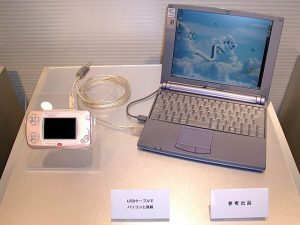 | ||||

